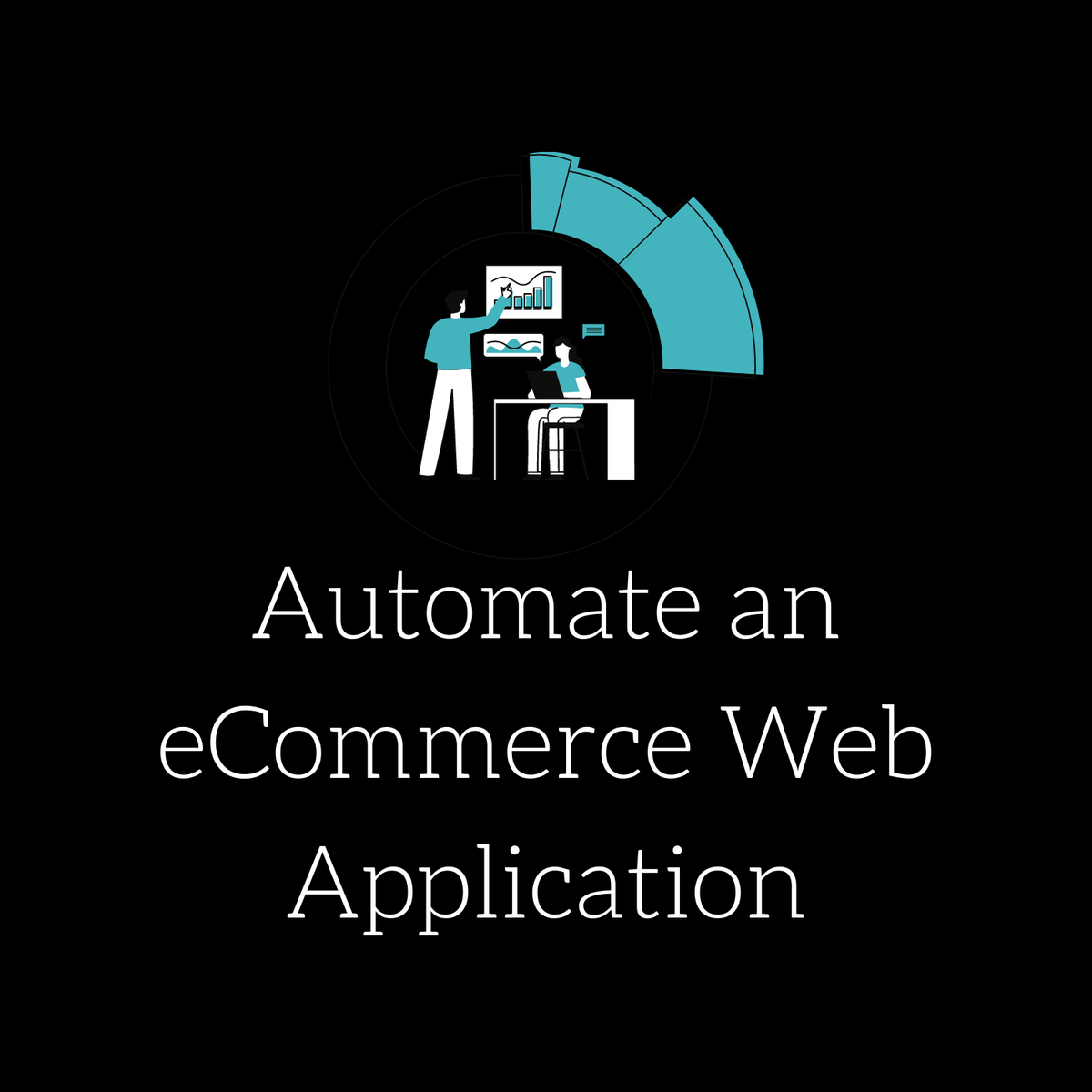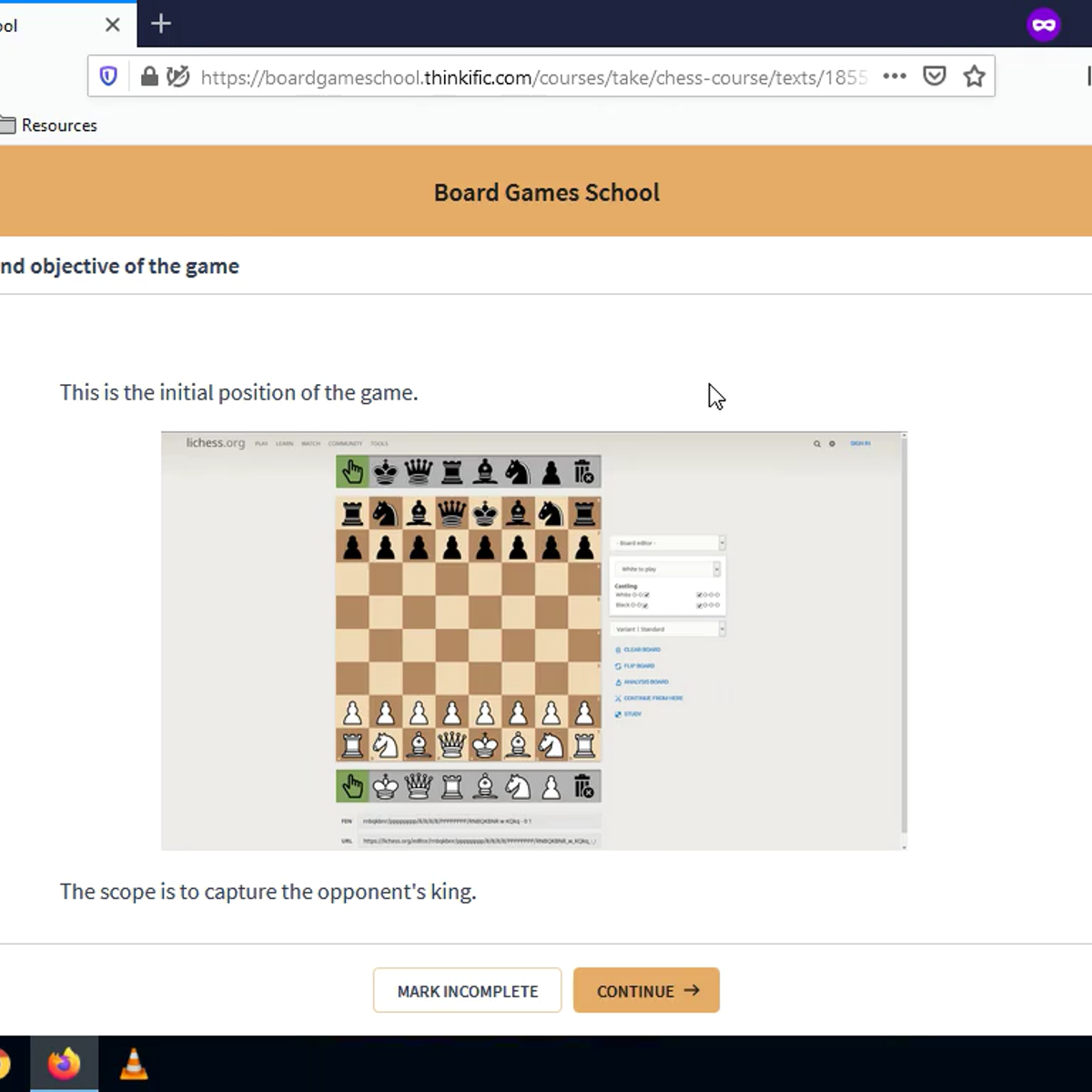Back to Courses









Computer Science Courses - Page 28
Showing results 271-280 of 2309

Automate an e-commerce web application using Selenium & Java
In this 1-hour long project-based course, you will learn -
1. Writing test automation scripts using Selenium to automation an e-commerce website
2. Interacting with web elements like text box, dropdown select, buttons, lists
3. Performing scroll down operation using Mouse operations (Action Class)
4. Performing scroll down operation using Javascripts via Selenium
5. Writing XPaths for dynamic web elements
Note: This course works best for learners who are based in the North America region. We’re currently working on providing the same experience in other regions.

Internal Load Balancer
This is a self-paced lab that takes place in the Google Cloud console. Internal Load Balancer offers you the possibility to load balance TCP/UDP traffic without exposing your VMs via a public IP to the Internet. In this lab we will create a public-facing web server to serve the result of a simple web application.

Streamline Business Processes with Swimlanes in Miro
By the end of this project, you will be able to clarify a business process by panning out to fully understand where interactions that support it occur across an organization.
To do this, you will gain hands-on experience applying process management principles to visualize a complex business process and the activities that support it within a Swimlane chart in the Miro online visual collaboration platform for teamwork.
Note: This course works best for learners who are based in the North America region. We’re currently working on providing the same experience in other regions.

Securing Compute Engine Applications and Resources using BeyondCorp Enterprise (BCE)
This is a self-paced lab that takes place in the Google Cloud console. In this lab, you will learn how to secure a Compute Engine instance with Identity-Aware Proxy (IAP).

Generative Design for Industrial Applications
The foundation of engineering design is exploration and iteration. Design is rarely a perfectly linear and straightforward process. In this course, we explore a design for a traditional manufacturing method and use generative design to create the perfect iteration of it. From that point, we'll reverse engineer the generative design and recreate it for a traditional manufacturing method and explore the option of fabricating the generative version to weigh the pros and cons of each.
You’ll need a paid subscription to Fusion 360 to complete the assignments in this course. Be sure to review your access or payment options before enrolling: https://www.autodesk.com/products/fusion-360
Want to take your learning to the next level? Complete the Autodesk Generative Design for Manufacturing Specialization, and you’ll unlock an additional Autodesk Credential as further recognition of your success! The Autodesk Credential comes with a digital badge and certificate, which you can add to your resume and share on social media platforms like LinkedIn, Facebook, and Twitter. Sharing your Autodesk Credential can signal to hiring managers that you’ve got the right skills for the job and you’re up on the latest industry trends like generative design.
Enroll in the Specialization here: https://www.coursera.org/specializations/autodesk-generative-design-manufacturing
Looking for Autodesk Fusion 360 certification prep courses? Check out additional learning resources to help you uplevel your skills: https://www.autodesk.com/learning

Build an Interactive Survey Bot for Google Chat with Node.js
This is a self-paced lab that takes place in the Google Cloud console. In this lab you will create a survey bot on Google Chat using Node.js.
Intro to Operating Systems 1: Virtualization
Learn the inner workings of operating systems without installing anything!
This course is designed for learners who are looking to maximize performance by understanding how operating systems work at a fundamental level. The modules in this course cover the basics of the C language, processes, scheduling, and memory.
To allow for a truly hands-on, self-paced learning experience, this course is video-free. Assignments contain short explanations with images and runnable code examples with suggested edits to explore code examples further, building a deeper understanding by doing. You’ll benefit from instant feedback from a variety of assessment items along the way, gently progressing from quick understanding checks (multiple choice, fill in the blank, and un-scrambling code blocks) to slowly building features, resulting in large coding projects at the end of the course.

Create a chess online course with Thinkific
In this 1-hour long project-based course, you will learn how to create an independent online course with Thinkific using a chess course as an example, creating video, text and images based lessons, producing your own material, creating quizzes and surveys, designing your site and setting prices and payments.
Note: This course works best for learners who are based in the North America region. We’re currently working on providing the same experience in other regions.

Kotlin for Java Developers
The Kotlin programming language is a modern language that gives you more power for your everyday tasks. Kotlin is concise, safe, pragmatic, and focused on interoperability with Java code. It can be used almost everywhere Java is used today: for server-side development, Android apps, and much more. Kotlin is 100% compatible with all existing Java frameworks, and has good tooling support. It’s a pragmatic language with a very low learning curve, and can be quickly grasped by Java developers. Kotlin code might be compiled not only to JVM bytecode but to JavaScript and Native code as well, but this course is focused on Kotlin/JVM.
This course aims to share with you the power and the beauty of Kotlin. We'll have a basic overview of the language, as well as a discussion of many corner cases, especially concerning Java interoperability. The course is based on your Java experience; it shows the similarities between the two languages and focuses on what's going to be different.
Note that this course won't cover the programming fundamentals. We'll discuss: basic syntax, nullability, functional programming with Kotlin, object-oriented programming with Kotlin, the power of the Kotlin standard library, and Java interoperability.

Build a Custom Profile Avatar with Inkscape
By the end of this project, you will build a customized profile avatar in Inkscape—a free, open-source graphics program. You’ll build complex shapes that can be expanded and resized without losing image quality, so you can resize and use the same image in different social media profiles and on other websites.
You will practice working with vector graphics, including path editing, and you will feel comfortable using Inkscape to build basic and complex shapes, using align commands to accurately and easily position those shapes, and adding color and stroke to create eye-catching images.
To build these skills, you’ll build a custom avatar from scratch, then add details and color to customize your profile.
Note: This course works best for learners who are based in the North America region. We’re currently working on providing the same experience in other regions.
